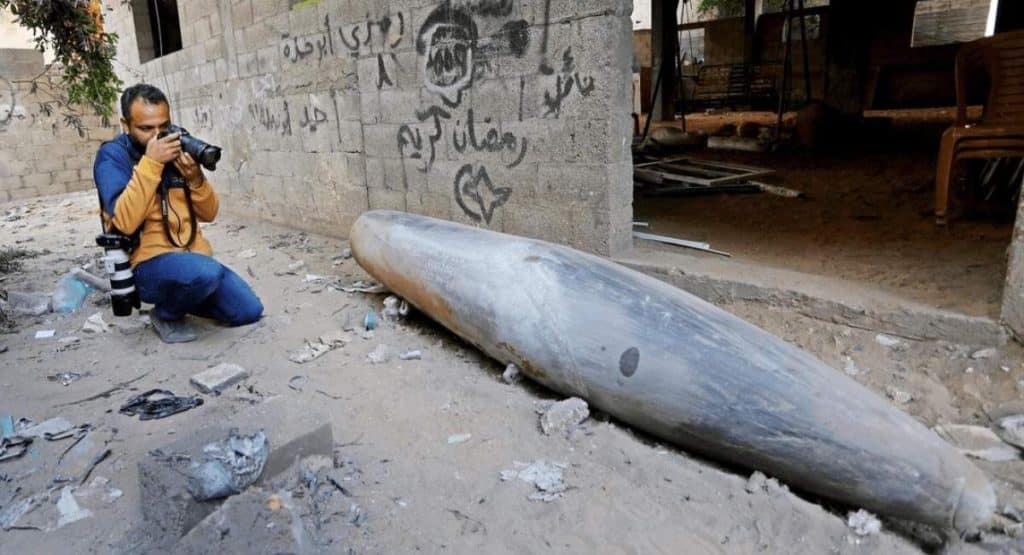Inactive war munitions pose a threat to residents of the Gaza Strip.
Mahmoud Basal, a spokesman for the Civil Defense Organization in Gaza, warned: “Given the widespread presence of unexploded ordnance and bombs in residential areas, the field situation after the war is more complicated than people think.”
He added: “Many engineering unit forces were martyred during the war, which doubles the difficulty of dealing with this ordnance left over from the war.”
The spokesman for the Civil Defense Organization in Gaza continued: “Removing unexploded ordnance requires heavy equipment, but most of this equipment has been destroyed during the war, and the decontamination teams are forced to deal with this situation with minimal facilities and resources.”
He called on Palestinian citizens not to approach or touch any suspicious object, and to place warning signs in the desired location and immediately report to the Civil Defense Organization.
Basal added: “We warn of the possibility of ordnance exploding during debris removal operations, as this could lead to the loss of lives of the forces involved in the debris removal.”
The Palestinian official said: As thousands of families return to their homes, concerns are growing in the northern and central neighborhoods of Gaza about the presence of bombs or unexploded rockets inside buildings or among the rubble.
Meanwhile, the Al-Arabi Al-Jadeed news website on Friday (October 18) examined the extent of the damage caused by the Israeli war on the Gaza Strip and the assessments made regarding the cost and time required to rebuild the area, writing: New international estimates show that the cost required to rebuild the Gaza Strip varies between $50 and $80 billion.
According to these estimates, the housing sector in the Gaza Strip has suffered more than 70 percent of the total damage, while the remaining percentage of damage includes the education, water and sewage, and industry sectors.
On Thursday, October 17, the Hamas movement officially announced the achievement of an agreement to end the war in the Gaza Strip and the exchange of prisoners.
The Israeli army also officially announced the implementation of the ceasefire in the Gaza Strip on Friday afternoon, October 18, 2021, and announced: “According to the agreement, Israeli forces will remain stationed in certain areas of the Gaza Strip.”
This is while the Israeli regime continues to obstruct the implementation of the provisions of the first phase of the ceasefire and its repeated violations.

